
Deutsch-Chinesische Enzyklopädie, 德汉百科

 Emilia-Romagna
Emilia-Romagna
 Bologna
Bologna
 FIFA Fussball-Weltmeisterschaft 1990
FIFA Fussball-Weltmeisterschaft 1990

 International cities
International cities
 *European Capital of Culture
*European Capital of Culture
 Italy
Italy
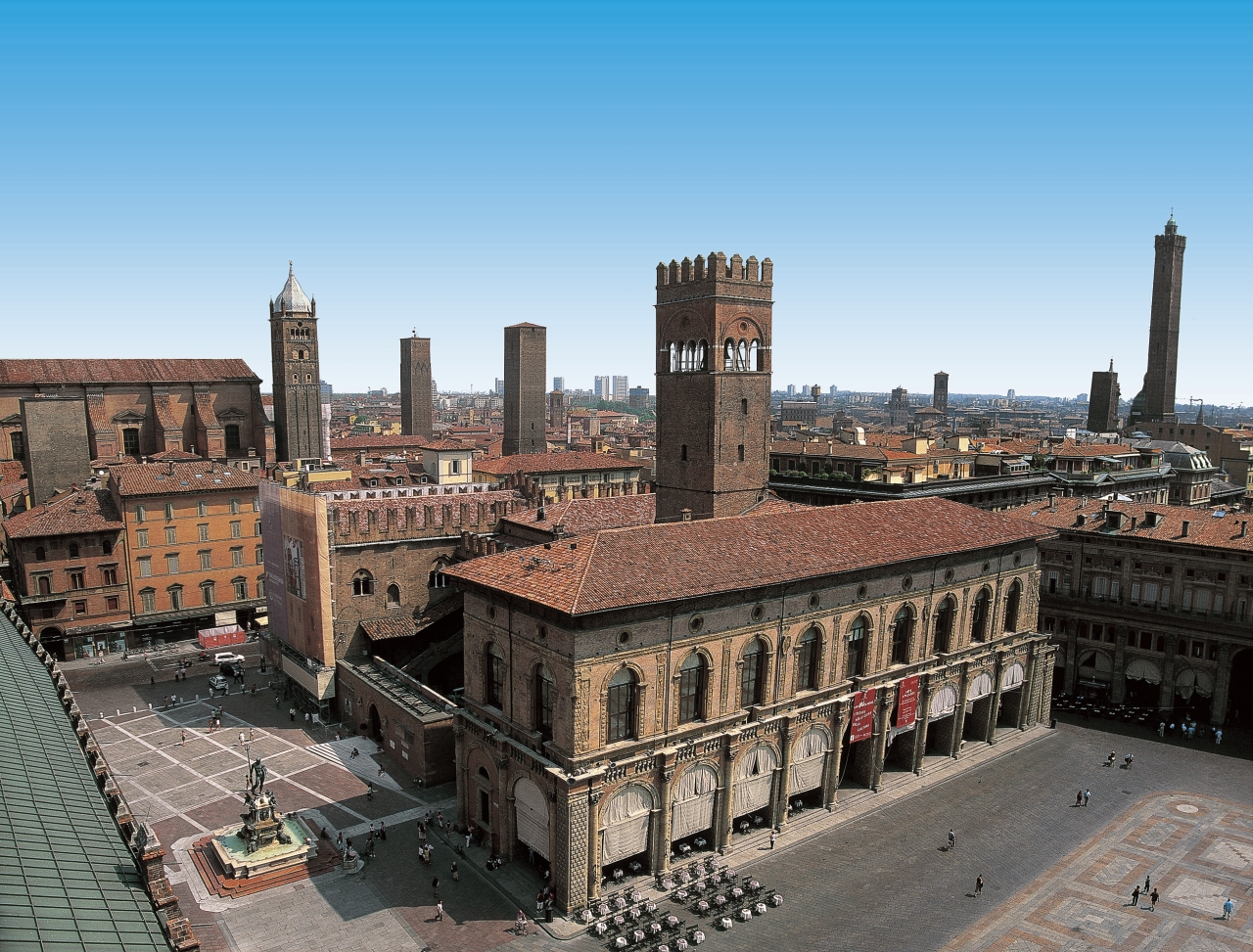
Bologna besitzt eine der schönsten und besterhaltenen Altstädte Europas mit vielen Türmen aus dem Mittelalter und ca. 40 km Arkadengängen, die die weitläufige Innenstadt mit ihren Fußgängerzonen, Plätzen, Kirchen und Palästen miteinander verbinden.
Weit ab vom Massentourismus, dafür mit gut erhaltener Bausubstanz und großartiger Kultur und Geschichte war Bologna im Jahr 2000 zur europäischen Kulturhauptstadt ernannt worden.
Für Motorsportfans ist Bologna und Umgebung ein Mekka, kann man hier die Museen und teilweise auch die Werke von Ducati, Maserati, Lamborghini sowie Ferrari bewundern.
博洛尼亚(意大利语:Bologna)是一座意大利城市,位于北部波河与亚平宁山脉之间,也是艾米利亚-罗马涅的首府。博洛尼亚也是意大利最发达的城市之一。
ボローニャ(イタリア語: Bologna (![]() 音声ファイル))は、イタリア共和国北部にある都市で、その周辺地域を含む人口約39万人の基礎自治体(コムーネ)。エミリア=ロマーニャ州の州都であり、ボローニャ県の県都でもある。
音声ファイル))は、イタリア共和国北部にある都市で、その周辺地域を含む人口約39万人の基礎自治体(コムーネ)。エミリア=ロマーニャ州の州都であり、ボローニャ県の県都でもある。
アペニン山脈とポー川の間にあるポー川谷に位置する。1088年創立と、西欧最古の大学ボローニャ大学(ラテン語名アルマ・マーテル・ストゥディオルム)がある。
Bologna (/bəˈloʊnjə/, also UK: /bəˈlɒnjə/; Italian: [boˈloɲːa] (![]() listen); Emilian: Bulåggna [buˈlʌɲːa]; Latin: Bononia) is the capital and largest city of the Emilia-Romagna Region in Northern Italy. It is the seventh most populous city in Italy, at the heart of a metropolitan area of about one million people.
listen); Emilian: Bulåggna [buˈlʌɲːa]; Latin: Bononia) is the capital and largest city of the Emilia-Romagna Region in Northern Italy. It is the seventh most populous city in Italy, at the heart of a metropolitan area of about one million people.
Of Etruscan origin, the city has been a major urban centre for centuries, first under the Etruscans, then under the Romans (Bononia), then again in the Middle Ages, as a free municipality and signoria, when it was among the largest European cities by population. Famous for its towers, churches and lengthy porticoes, Bologna has a well-preserved historical centre, thanks to a careful restoration and conservation policy which began at the end of the 1970s.[3] Home to the oldest university in the world,[4][5][6][7][8] the University of Bologna, established in AD 1088, the city has a large student population that gives it a cosmopolitan character. In 2000 it was declared European capital of culture[9] and in 2006, a UNESCO "city of music".
Bologna is an important agricultural, industrial, financial and transport hub, where many large mechanical, electronic and food companies have their headquarters as well as one of the largest permanent trade fairs in Europe. According to the most recent data gathered by the European Regional Economic Growth Index (E-REGI) of 2009, Bologna is the first Italian city and the 47th European city in terms of its economic growth rate.[10] As a consequence, Bologna is also one of the wealthiest cities in Italy, often ranking as one of the top cities in terms of quality of life in the country: in 2011 it ranked 1st out of 107 Italian cities.[11]
Bologne (en italien : Bologna, prononcé /boˈloɲa/) est une ville italienne située dans le nord-est du pays, entre le Pô et les Apennins. C'est le chef-lieu de la région d'Émilie-Romagne (plaine du Pô) et de la province de même nom et l'une des principales villes d'Italie. Bologne compte environ 390 000 habitants (les Bolonais2) et son aire urbaine regroupe 1 005 000 habitants.
Elle est considérée comme le siège de la plus ancienne université du monde occidental puisqu'elle a été fondée en 10883. Plus de 900 ans après sa fondation, l'université est encore aujourd'hui le cœur de la ville puisque ses 100 000 étudiants constituent un quart de sa population.
Ce rayonnement culturel et son université lui ont valu le surnom de la Dotta (la savante). La ville possède également d'autres surnoms comme la Rossa (la rouge), en référence à ses tuiles en terre cuite et aussi pour son âme politique de gauche communiste, et la Grassa (la grasse) pour son excellente cuisine.
La sauce bolognaise (ragù alla bolognese en italien) est une recette de la région.
Chaque année au printemps, Bologne accueille un salon du livre de jeunesse de renommée internationale, Foire du livre de jeunesse de Bologne (La Fiera del Libro per Ragazzi).
Bologna (pronuncia: [boˈloɲɲa][4] [5]; Bulåggna [buˈlʌɲɲa] in dialetto bolognese[6]) è un comune italiano di 390 198 abitanti,[2] capoluogo dell'omonima città metropolitana, a sua volta capoluogo della regione Emilia-Romagna[7]. Si tratta del settimo comune più popolato d'Italia (4º del Nord dopo Milano, Torino e Genova) ed è il cuore di un'area metropolitana di 1.011.608 abitanti[8]. Antichissima città universitaria, Bologna ospita numerosi studenti. Nota per le sue torri e i suoi lunghi portici, possiede un ben conservato centro storico, fra i più estesi d'Italia.
La città, i cui primi insediamenti risalirebbero almeno al I millennio a.C., fu un importante centro urbano dapprima sotto gli Etruschi e i Celti, poi sotto i Romani poi ancora, nel Medioevo, come libero comune. Capitale settentrionale dello Stato Pontificio a partire dal Cinquecento, ebbe un ruolo molto importante durante il Risorgimento e, durante la seconda guerra mondiale, fu un importante centro della Resistenza. Nel secondo dopoguerra, come buona parte dell'Emilia, è stata governata quasi ininterrottamente da amministrazioni di sinistra.
Bologna è un importante nodo di comunicazioni stradali e ferroviarie del nord Italia, in un'area in cui risiedono importanti industrie meccaniche, elettroniche e alimentari. È sede di prestigiose istituzioni culturali, economiche e politiche e di uno dei più avanzati quartieri fieristici d'Europa. Nel 2000 è stata "capitale europea della cultura", mentre dal 2006 è "città della musica" UNESCO[9].
Bolonia (![]() /boˈloɲa/ (?·i) en italiano, Bologna, en emiliano-romañol, Bulåggna, pronunciado /buˈlʌɲɲa/) es una ciudad de Italia, capital de la ciudad metropolitana homónima y de la región Emilia-Romaña (en el norte del país), situada entre el río Reno y el río Savena, cerca de los Apeninos. Es una de las ciudades históricas mejor conservadas y tiene el segundo casco antiguo medieval más grande de Europa, después del de Venecia.
/boˈloɲa/ (?·i) en italiano, Bologna, en emiliano-romañol, Bulåggna, pronunciado /buˈlʌɲɲa/) es una ciudad de Italia, capital de la ciudad metropolitana homónima y de la región Emilia-Romaña (en el norte del país), situada entre el río Reno y el río Savena, cerca de los Apeninos. Es una de las ciudades históricas mejor conservadas y tiene el segundo casco antiguo medieval más grande de Europa, después del de Venecia.

德国历史古城波恩(Bonn),位于莱茵河中游两岸,北距科隆市21公里,扼莱茵河上游山地和下游平原的咽喉,地理位置重要,历史上为战略要地。 波恩是一座拥有2000多年历史的文化古城。公元1世纪初,罗马军团曾在这里设立兵营,因此,“波恩”意为“兵营”。13世纪至18世纪,作为科隆选 帝侯国(即有权选举帝王的侯国)的首府长达500年之久。曾经一度被法国占领,于1815年并入普鲁士。1949年9月成为德意志联邦共和国首都。 1990年10月德国实现统一后,于1991年6月20日德国联邦议院做出决定,在4至10年内将议会和政府由波恩逐步迁往柏林。 在漫长的历史岁月里,波恩这座城市几经风霜,市内的一些古老建筑,曾经多次毁于战火,每次都被重新修建。波恩市政厅是一座巴罗克式建筑,建于700年 以前,墙上浮雕金光闪耀,楼面古朴大方,曾经两次遭到战争严重破坏,每次战后都及时进行修复。波恩是欧洲一座著名的文化城市,建于1786年的波恩大学, 是欧洲最古老的高等学府之一,校舍主楼是普鲁士时期的宫殿式建筑,师资力量雄厚,教学设备齐全,马克思和著名诗人海涅都曾在这里学习过。座落在市中心的大 教堂,建于1050年左右,顶端为96米高的方形塔,被视为波恩的象征。座落在哥德斯山顶的哥德斯堡,是欧洲著名的古建筑。波恩城市建设中的一个突出特点 是,许多古老建筑在重新修缮后被辟为博物馆和文化机构,从而得到充分利用。音乐家贝多芬于1770年诞生于波恩市中心的一幢房子里,并在这幢房子里生活了 22年,1889年将他的故居辟为博物馆,馆内陈列着贝多芬当年的手稿、文献及乐器等。著名的亚历山大·科林博物馆里收藏的于1856年在杜塞尔多夫的尼 安德特河附近的洞穴里发现的尼安德特人头盖骨,被鉴定为是生存于一二十万年以前、介于猿人和新人之间的古人,成为人类进化史上的一个重要里程碑,具有极高 的考古价值。 进入波恩市,首先给人的印象是:城市异常清新、宁静,没有那些大城市常有的嘈杂和车多人拥的现象。漫步市区,到处都可以见到郁郁葱葱的树木、绚丽缤纷 的花草。波恩市人口30多万,全市拥有大小公园、街心公园达1200多个,占地面积490多万平方米。市区周围是大片森林,覆盖面积达4000多万平方 米,从飞机上俯视,全城被一片绿色的海洋所包围。这些园地、森林占全市总面积的1/3以上,平均每个市民占有公园绿地17平方米,森林140平方米。波恩 是欧洲绿化最好的城市之一,冬季芳草不衰,春季姹紫嫣红,被誉为“绿色的城市”。 波恩市最大的莱茵滨草公园,位于莱茵河畔、阿登纳大桥旁,占地面积160万平方米,几乎相当于波恩老城繁华闹市区的面积。公园中心是一个人造湖泊,碧 绿的湖水映着蔚蓝的天空,湖岸四周是大片草坪。绿色草坪上,井然有序地点缀着色彩艳丽的郁金香花圃和高高耸立的飞檐亭阁,沥青路面小道纵横交错。公园内有 一个小花园,木头房屋,石头尖塔,雕刻木门,简易竹篱,样样精巧别致,加上清清的泉水从乱石中顺势流下,水声潺潺,呈现一派东方园林情调。 波恩市区延伸在莱茵河谷地段,莱茵河东西两侧绵延起伏的丘陵地区被大面积森林所覆盖,同住宅区相连的地方也是遍植树木和草坪,整个市区的空气显得特别 清新。为了给市民提供更多的幽静环境,林区铺设有曲径小路,人们可以在这里悠闲地散步和休息。莱茵河西岸有一条长达20多公里的林荫小道,这一带是波恩最 长的步行区。步行区依山临水,风光秀丽,每逢节假日,游人穿流不息。人们除了步行休息外,还可以随时从附近的渡口处登上游艇,饱览莱茵河两岸秀丽的景色。 在波恩居民住宅区,家家房前屋后都种树木花草,阳台和窗户上摆满了一盆盆的鲜花。最引人注目的还是那些带有屋顶花园的住宅建筑群,这些建筑物造型美 观、工艺考究,再加上四季不谢的名贵花木,形成一座座空中花园。
波恩(德语:Bonn),官方称波恩联邦市(Bundesstadt Bonn),是德国北莱茵-威斯特法伦南部莱茵河畔的一个城市,前西德的首都,位于科隆以南约30公里,科布伦茨以北约60公里,人口约30万,为北威州十大城市之一,至今仍是德国重要的政治中心。
拥有2000年历史的波恩是德国最古老的城市之一。它曾是科隆公国的首都,直至18世纪末。1770年12月16日作曲家贝多芬出生在这座城市。
1949年到1990年波恩是联邦德国(西德)首都,迁移到柏林前仍是政府所在地。当前波恩还驻有6个联邦部门,其他政府部门在此也仍有办事机构,这使得波恩成为德国第二大政治中心。1996年开始联合国的环境和发展事务组织也驻在这里,2006年11月“UN-Campus”在前政府区正式落成,成为13个联合国驻波恩机构的办公地。除此之外,前政府区目前还设有一些德国大型跨国企业的总部,例如德国电信和德国邮政,以及德国之声电台和波恩国际会议中心。
Die Bundesstadt Bonn ist eine kreisfreie Großstadt im Regierungsbezirk Köln im Süden des Landes Nordrhein-Westfalen. Mit 325.490 Einwohnern (Stand 31. Dezember 2017) gehört das in der Metropolregion Rhein-Ruhr liegende Bonn zu den 20 größten Städten Deutschlands. Die Stadt an beiden Ufern des Rheins war von 1949 bis 1990 provisorische Bundeshauptstadt und bis 1999 Regierungssitz der Bundesrepublik Deutschland,[2] seither ist Bonn nur noch faktischer zweiter Regierungssitz Deutschlands.
Bonn kann auf eine mehr als 2000-jährige Geschichte zurückblicken, die auf germanische und römische Siedlungen zurückgeht, und ist damit eine der ältesten Städte Deutschlands. Von 1597 bis 1794 war es Haupt- und Residenzstadt des Kurfürstentums Köln. 1770 kam Ludwig van Beethoven hier zur Welt. Im Laufe des 19. Jahrhunderts entwickelte sich die 1818 gegründete Universität Bonn zu einer der bedeutendsten deutschen Hochschulen.
1948/49 tagte in Bonn der Parlamentarische Rat und arbeitete das Grundgesetz für die Bundesrepublik Deutschland aus, deren erster Parlaments- und Regierungssitz Bonn 1949 wurde. In der Folge erfuhr die Stadt eine umfangreiche Erweiterung und wuchs über das neue Parlaments- und Regierungsviertel mit Bad Godesberg zusammen. Daraus resultierte die Neubildung der Stadt Bonn durch Zusammenschluss der Städte Bonn, Bad Godesberg, der rechtsrheinischen Stadt Beuel und Gemeinden des vormaligen Landkreises Bonn am 1. August 1969.
Nach der Wiedervereinigung 1990 fasste der Bundestag 1991 den Bonn/Berlin-Beschluss, infolgedessen der Parlaments- und Regierungssitz 1999/2000 in die Bundeshauptstadt Berlin und im Gegenzug zahlreiche Bundesbehörden nach Bonn verlegt wurden. Seitdem haben in der Bundesstadt der Bundespräsident, der Bundeskanzler und der Bundesrat einen zweiten Dienstsitz, gemäß dem Berlin/Bonn-Gesetz sechs Bundesministerien ihren ersten Dienstsitz, die anderen acht einen Zweitsitz. Bonn weist als Sitz von 19 Organisationen der Vereinten Nationen (UN) einen hohen Grad internationaler Verflechtung auf.[3][4] Zudem sind die beiden DAX-Unternehmen Deutsche Post und Deutsche Telekom gesetzlich in Bonn ansässig.[5][6] Auch wegen der Sitze von Organisationen und Unternehmen wird das Stadtbild neben Kirchtürmen durch mehrere Hochhäuser geprägt.
The Federal City of Bonn (German pronunciation: [ˈbɔn] (![]() listen)) is a city on the banks of the Rhine in the German state of North Rhine-Westphalia, with a population of over 300,000. About 24 km (15 mi) south-southeast of Cologne, Bonn is in the southernmost part of the Rhine-Ruhr region, Germany's largest metropolitan area, with over 11 million inhabitants.
listen)) is a city on the banks of the Rhine in the German state of North Rhine-Westphalia, with a population of over 300,000. About 24 km (15 mi) south-southeast of Cologne, Bonn is in the southernmost part of the Rhine-Ruhr region, Germany's largest metropolitan area, with over 11 million inhabitants.
Because of a political compromise following German reunification, the German federal government maintains a substantial presence in Bonn, and the city is considered a second, unofficial, capital of the country.[2] Bonn is the secondary seat of the President, the Chancellor, the Bundesrat and the primary seat of six federal government ministries and twenty federal authorities. The unique title of Federal City (German: Bundesstadt) reflects its important political status within Germany.[3]
Founded in the 1st century BC as a Roman settlement, Bonn is one of Germany's oldest cities. From 1597 to 1794, Bonn was the capital of the Electorate of Cologne, and residence of the Archbishops and Prince-electors of Cologne. Composer Ludwig van Beethoven was born in Bonn in 1770. From 1949 to 1990, Bonn was the provisional capital of West Germany, and Germany's present constitution, the Basic Law, was declared in the city in 1949. Berlin was re-affirmed by the Bundestag as the capital of Germany, though due to the country's division a seat of government was maintained there - only in the eastern half - solely by the German Democratic Republic. From 1990 to 1999, Bonn served as the seat of government – but no longer capital – of reunited Germany.
The headquarters of Deutsche Post DHL and Deutsche Telekom, both DAX-listed corporations, are in Bonn. The city is home to the University of Bonn and a total of 20 United Nations institutions, including headquarters for Secretariat of the UN Framework Convention Climate Change (UNFCCC), the Secretariat of the UN Convention to Combat Desertification (UNCCD), and the UN Volunteers programme.[4]
La ville fédérale de Bonn est une ville d'Allemagne située au bord du Rhin dans le sud du Land de Rhénanie-du-Nord-Westphalie, à 25 km au sud de Cologne et 54 km au nord de Coblence. Bonn est aujourd'hui le deuxième siège du gouvernement fédéral.
Entre 1949 et 1990, la ville était la capitale de la République fédérale d'Allemagne. Depuis, elle a un statut de ville fédérale qui est unique dans le pays. Encore presque la moitié des ministères possèdent leurs sièges principaux à Bonn. La ville est également célèbre pour être le lieu de naissance de Ludwig van Beethoven.
Bonn /bɔn/ è una città extracircondariale di 322 125 abitanti della Germania situata al centro dell'Europa, nel Land della Renania Settentrionale-Vestfalia.
Dal 1597 al 1803 la città fu capitale del Principato vescovile di Colonia e residenza dell'Arcivescovo di Colonia. Fu poi capitale[2] e sede degli enti federali della Repubblica Federale Tedesca dal 1949 al 1990, continuando ad essere sede del governo federale tedesco fino al 1998, quando vi fu l'effettivo trasferimento degli uffici a Berlino.
È un importante snodo culturale, politico e commerciale ed incorpora altre due cittadine, Bad Godesberg e Beuel, con le quali forma un unico agglomerato. Occupa il 19º posto nella classifica delle città più popolose della Germania.
Dal 1994 Bonn è l'unica città tedesca a fregiarsi del titolo di Bundesstadt ("città federale"), che ne indica il ruolo di ex sede governativa.
Bonn es una ciudad de Alemania del estado federado de Renania del Norte-Westfalia. Era la capital de Alemania Occidental o República Federal de Alemania (RFA) hasta 1990 y sede del gobierno hasta 1999. Posee una población de 309.869 (2013) y es la 19ª ciudad más grande de Alemania. Es la ciudad natal del compositor Ludwig van Beethoven.
Desde la reforma comunal de 1969, la ciudad se divide en cuatro distritos: Bonn, Beuel, Hardtberg y Bad Godesberg. En su frontera sur limita con el estado federado de Renania-Palatinado.
 FIFA Fussball-Weltmeisterschaft 1998
FIFA Fussball-Weltmeisterschaft 1998
 France
France
 UEFA European Championship 2016
UEFA European Championship 2016

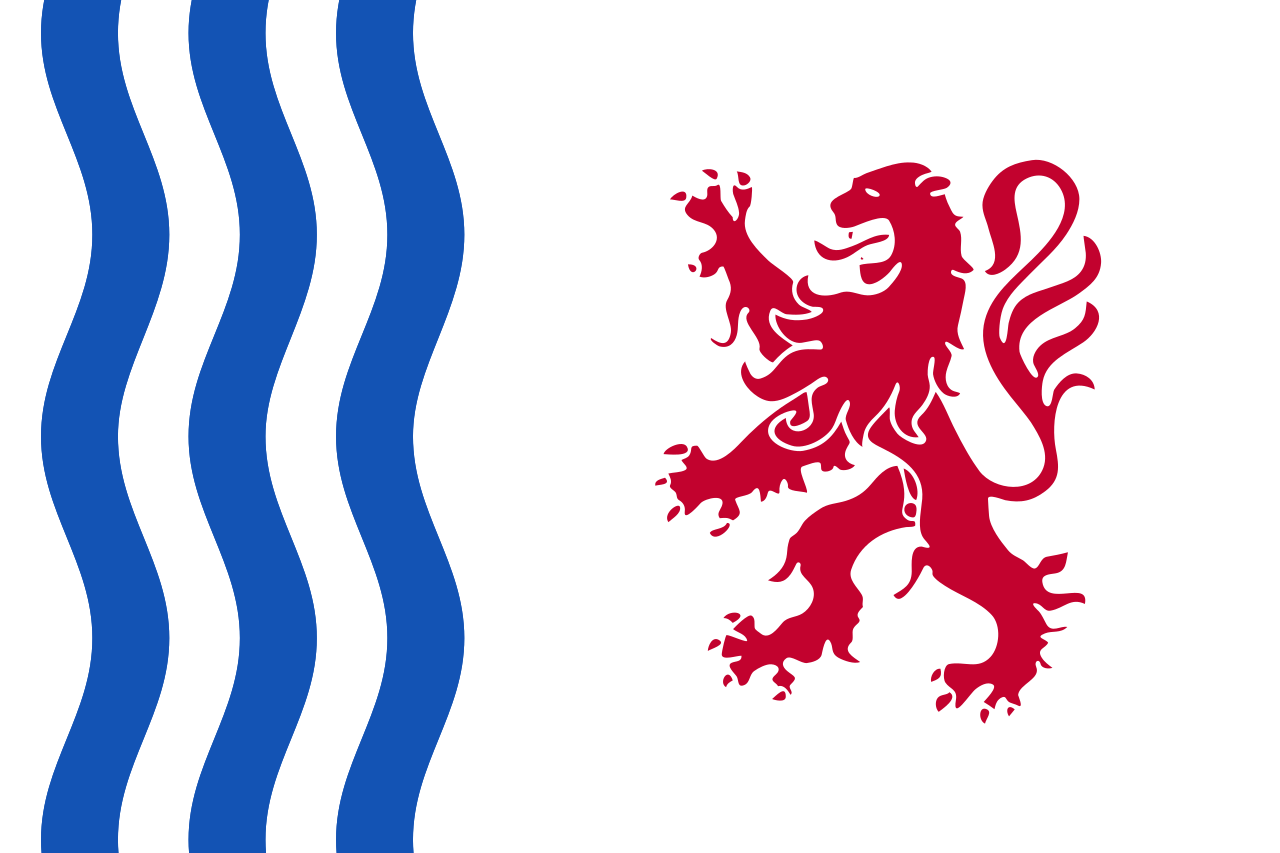 Nouvelle-Aquitaine
Nouvelle-Aquitaine

 World Heritage
World Heritage

波尔多(法语:Bordeaux;法语:[bɔʁ.do] ![]() 聆听);加斯科:Bordèu;巴斯克语:Bordele) 是位于法国西南的港口城市,市区人口24万(2013年)。[2]大波尔多人口达117万,是法国第五大城市群。它是新阿基坦大区和吉伦特省的首府。历史上曾是法国旧省吉耶纳的首府。
聆听);加斯科:Bordèu;巴斯克语:Bordele) 是位于法国西南的港口城市,市区人口24万(2013年)。[2]大波尔多人口达117万,是法国第五大城市群。它是新阿基坦大区和吉伦特省的首府。历史上曾是法国旧省吉耶纳的首府。
波尔多是欧洲的军事、航天和航空的研究与制造中心之一,集中了如欧洲航空防务与航天公司、泰勒斯集团等很多公司的研发机构,以及赛峰集团空中客车和达梭航太等航空巨子下属的飞机制造厂等。它还是法国战略核弹研究和物理实验的核心,拥有原子能研究中心和兆焦激光计划等许多高端技术机构,此外还有新材料和纳米技术方面的研究机构。
波尔多的大学学生数超过7万人。除了两所综合性大学之外,还有波尔多政治研究学院、通信与新闻学院和法律学校。法国国立法官学校也在波尔多,是法国法官的摇篮。
波尔多旅游资源丰富,号称“睡美人”,有众多的博物馆和古迹,城区内文物保护单位的数量,在法国仅次于巴黎。2007年,老城区大部(又称“月亮港”)被联合国教科文组织列入世界文化遗产名单。[5]18世纪以来尤以盛产优质葡萄酒享誉世界。波尔多因此也被称为世界葡萄酒中心,波尔多葡萄酒也有着“葡萄酒皇后”的美称。每两年一度,波尔多葡萄酒行业协会举办盛大的国际酒展-Vinexpo。
Bordeaux [bɔʀˈdo]; französisch  Bordeaux?/i; (okzitanisch Bordèu) ist Universitätsstadt und politisches, wirtschaftliches und geistiges Zentrum des französischen Südwestens.
Bordeaux?/i; (okzitanisch Bordèu) ist Universitätsstadt und politisches, wirtschaftliches und geistiges Zentrum des französischen Südwestens.
Ihre Einwohner nennen sich Bordelais. Berühmtheit hat die Stadt insbesondere durch den Bordeauxwein und ihre Küche erlangt, aber auch durch ihr bauliches und kulturelles Erbe. Bordeaux ist Sitz der Präfektur des Départements Gironde und Hauptstadt der Region Nouvelle-Aquitaine, ferner Sitz eines Erzbischofs und eines deutschen Generalkonsulats. Die Stadt hat auf Grund der vielen Museen, die sich dort befinden, als auch auf Grund der Tatsache, dass während der Invasionen Deutschlands nach Frankreich 1870/71, 1914, 1940 regelmäßig zeitweise der Regierungssitz von Paris nach Bordeaux verlegt wurde, den Ruf einer heimlichen Hauptstadt Frankreichs.
Bordeaux selbst hat 252.040 Einwohner (Stand: 1. Januar 2016). Der engere Ballungsraum Bordeaux kommt jedoch auf etwa 773.542 Einwohner und umfasst auch 26 umliegende Kommunen, die im Kommunalverband Bordeaux Métropole organisiert sind. Die Fläche ist 578,3 km² und die Bevölkerungsdichte 1338 Einwohner/km².[1] Dieser Verband ist wiederum Teil einer Agglomeration (Aire urbaine de Bordeaux), die den weiteren Einzugsbereich mit insgesamt 51 Kommunen umfasst und so auf 1.215.769 Einwohner kommt, die auf 5.613,4 km² wohnt was auf eine Bevölkerungsdichte von 216 Einwohner/km² kommt.[2] Bordeaux ist damit die größte Stadt im Département Gironde und der Region Aquitanien und die neuntgrößte Stadt Frankreichs. Die Agglomeration rangiert in Frankreich an sechster Stelle. Von Bordeaux aus wird auch das gleichnamige Arrondissement verwaltet, das aus 21 Kantonen besteht.
ボルドー(Bordeaux)は、フランス南西部の中心的な都市で、ヌーヴェル=アキテーヌ地域圏の首府、ジロンド県の県庁所在地である[1]。アキテーヌ公国の首府だった。
ボルドーは、ガロンヌ川に面した港町で、市街地は川の湾曲部にそって三日月形に形成され、月の港と呼ばれる。河口にも近い。ボルドーワインの産地として世界的に有名。中心部から北側にかけては、都市計画による大通りがある。市の南側は18世紀に建設されたが、狭くてまがった通りのある古い一画である。
2007年にボルドーの市街区域1810ヘクタールが世界遺産に登録された。18〜19世紀の都市計画によって生まれた調和のある街並みと、近年のガロンヌ河岸の歩行者空間と一体となった歴史的な再開発が評価された。
Bordeaux (French pronunciation: [bɔʁdo] ( listen); Gascon Occitan: Bordèu [buɾˈðɛw]) is a port city on the Garonne in the Gironde department in Southwestern France.
listen); Gascon Occitan: Bordèu [buɾˈðɛw]) is a port city on the Garonne in the Gironde department in Southwestern France.
The municipality (commune) of Bordeaux proper has a population of 252,040 (2016). Together with its suburbs and satellite towns, Bordeaux is the centre of the Bordeaux Métropole. With 1,195,335 in the metropolitan area, it is the sixth-largest in France, after Paris, Marseille, Lyon, Toulouse, and Lille. It is the capital of the Nouvelle-Aquitaine region, as well as the prefecture of the Gironde department. Its inhabitants are called "Bordelais" (for men) or "Bordelaises" (women). The term "Bordelais" may also refer to the city and its surrounding region.
Being at the center of a major wine-growing and wine-producing region, Bordeaux remains a prominent powerhouse and exercises significant influence on the world wine industry although no wine production is conducted within the city limits. It is home to the world's main wine fair, Vinexpo,[6] and the wine economy in the metro area takes in 14.5 billion euros each year. Bordeaux wine has been produced in the region since the 8th century. The historic part of the city is on the UNESCO World Heritage List as "an outstanding urban and architectural ensemble" of the 18th century.[7] After Paris, Bordeaux has the highest number of preserved historical buildings of any city in France.[8]
Bordeaux (prononcé [bɔʁ.ˈd̪o] ; Écouter), en gascon Bordeu1, est une commune du Sud-Ouest de la France, préfecture du département de la Gironde et chef-lieu de la région Nouvelle-Aquitaine.
Capitale de l'ancienne Guyenne et partie intégrante de la Gascogne culturelle et linguistique, Bordeaux se situe en bordure des Landes de Gascogne. La ville est connue dans le monde entier pour les vins de Bordeaux et les vignobles du Bordelais, surtout depuis le XVIIIe siècle.
En 2015, la commune est la neuvième commune de France par sa population avec 249 712 habitants, mais son agglomération est classée septième avec 904 359 habitants en 20152 après celles de Paris, Lyon, Marseille - Aix, Lille, Toulouse et Nice et devant Nantes et Toulon. L'aire urbaine de Bordeaux compte quant à elle 1 215 769 habitants en 20153, ce qui en fait la cinquième aire urbaine de France. Bordeaux est par ailleurs la principale commune de la métropole « Bordeaux Métropole », qui rassemble 28 communes et 760 956 habitants4 en 2014.
En 1957, Bordeaux est récompensée du prix de l'Europe, conjointement avec Turin. En juin 2007, une partie de la ville, le port de la Lune, est inscrite par le Comité du patrimoine mondial, désigné par l'assemblée générale de l’UNESCO, sur la Liste du patrimoine mondial.
Bordeaux (pronuncia /borˈdo/ o /borˈdɔ/[2]; in passato italianizzata come Bordò, Bordea[3], Bordello o Bordella[4] o in latino Burdigala; in francese [bɔʁˈdo]; in guascone Bordèu, pron. [burˈdew]) è un comune francese di 246 586 abitanti, capoluogo del dipartimento della Gironda e della regione della Nuova Aquitania. L'area metropolitana è la sesta più popolosa del paese e conta 1 178 225 abitanti. La città, attraversata dalla Garonna, fa parte della Guascogna ed è nota in tutto il mondo per l'omonimo vino rosso, il Bordeaux.
Nel 2007 l'UNESCO ha definito il centro storico della città[5] un patrimonio dell'umanità, per un totale di 347 edifici. Il nome deriva dall'antica città romana di Burdigala, al bordo della Gallia.
Burdeos (en francés: Bordeaux, pronunciado /bɔʁˈdo/; en gascón: Bordeu) es una ciudad portuaria del sudoeste de Francia, capital de la región de Nueva Aquitania y la prefectura del departamento de Gironda. Con una población de 239 157 habitantes4 en la ciudad y 719 489 en la Communauté urbaine de Bordeaux, es la sexta ciudad más importante de Francia, después de París, Marsella, Lyon, Lille y Toulouse. Su área metropolitana, llamada aire urbaine de Bordeaux cuenta con 1 114 857 habitantes5 en una conurbación Bordeaux-Libourne-Arcachon.
Burdeos es a menudo llamada "la perla de Aquitania", pero todavía arrastra el apodo de "La Bella Durmiente", en referencia a su centro histórico y sus monumentos que antes no estaban suficientemente resaltados. Sin embargo, Burdeos está "despierta" desde hace varios años, y en junio de 2007, una parte de la ciudad, Puerto de la Luna, fue registrada como Patrimonio Mundial de la Humanidad por la Unesco por el conjunto urbano excepcional que representa. Sin embargo, no merece su apodo porque su área urbana es una de las más atractivas de Francia, con un incremento de alrededor de 200 000 habitantes en nueve años (1999-2008).
La ciudad es conocida mundialmente por sus viñedos, sobre todo desde el siglo XVIII, que fue una edad de oro. Antigua capital de Guyena, Burdeos es parte de Gascuña y está situada en el borde de las Landas de Gascuña.En 1957, Burdeos recibió el Premio Europa, junto con Turín.
Бордо́ (фр. Bordeaux [bɔʁ.ˈd̪o]  слушать, окс. Bordèu, баск. Bordele) — город и коммуна на юго-западе Франции, центр исторической области Аквитания и современного департамента Жиронда[2]. Расположен на берегах Гаронны, известных своими традициями и успехами в области виноделия.
слушать, окс. Bordèu, баск. Bordele) — город и коммуна на юго-западе Франции, центр исторической области Аквитания и современного департамента Жиронда[2]. Расположен на берегах Гаронны, известных своими традициями и успехами в области виноделия.
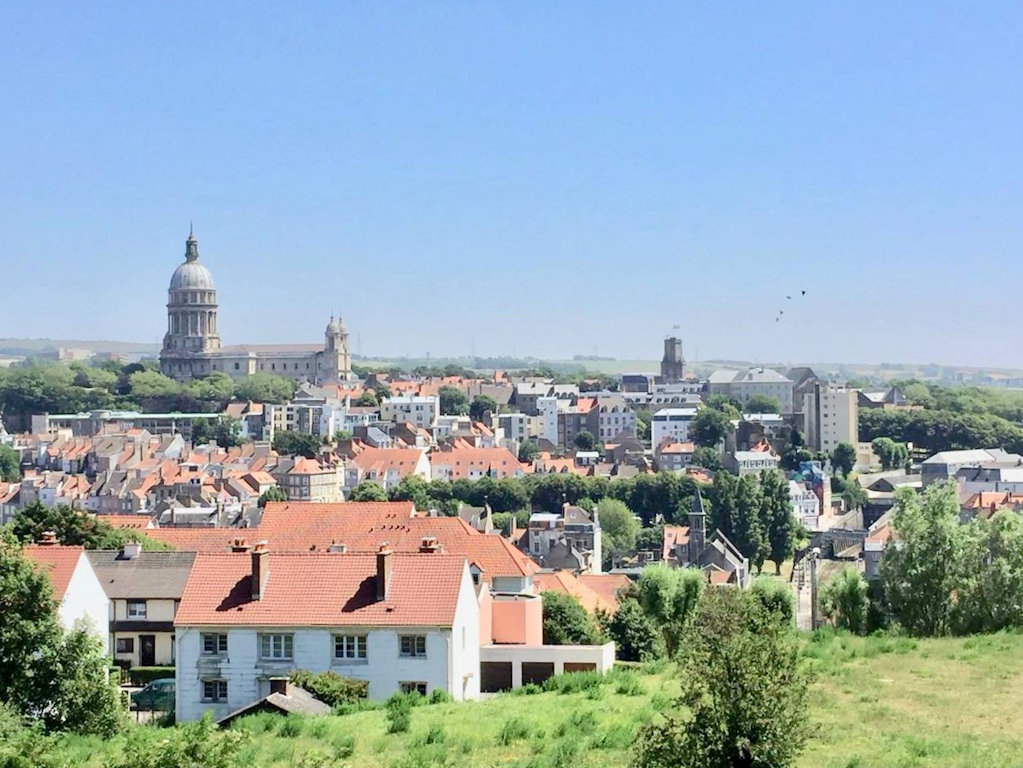



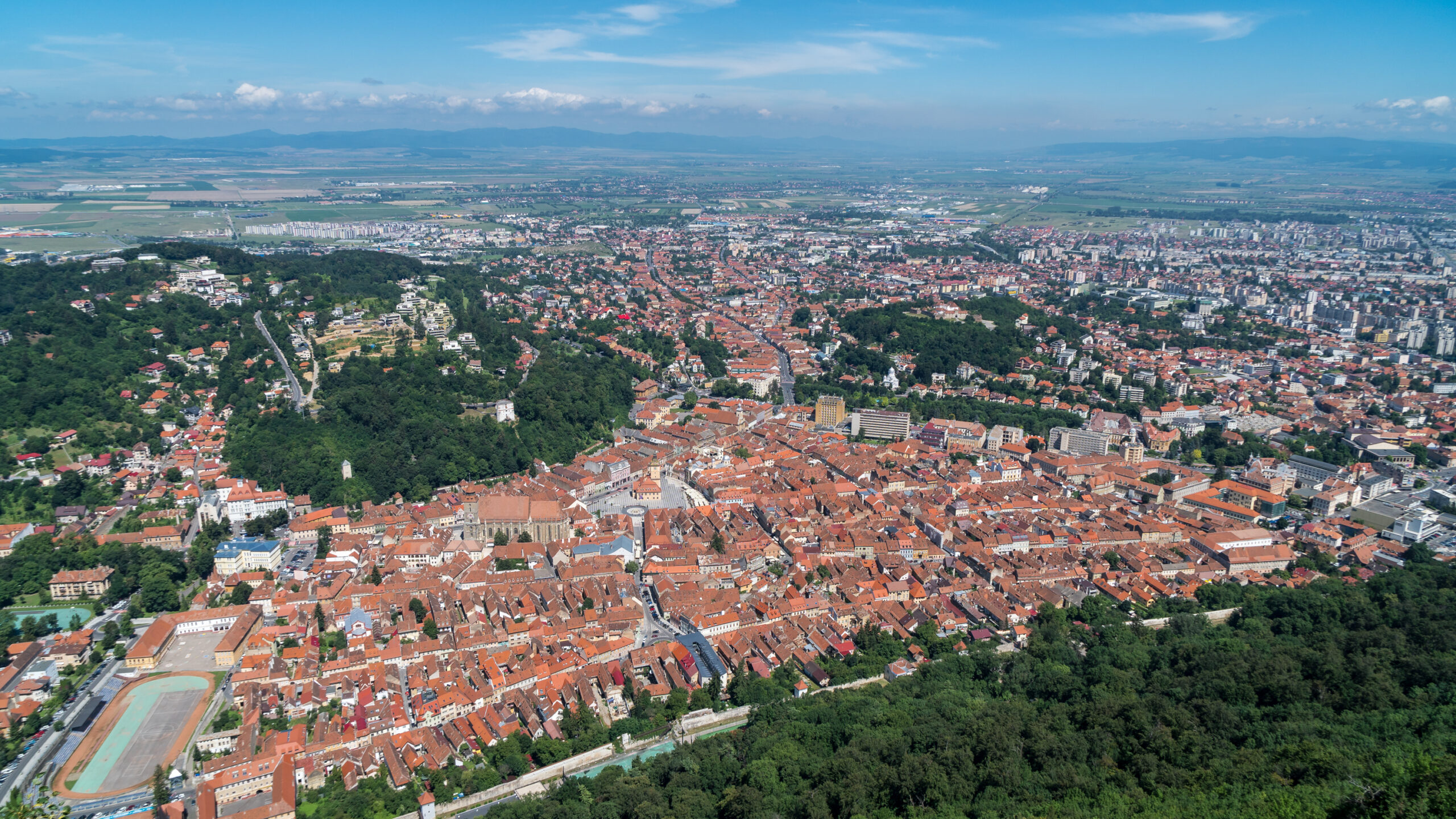
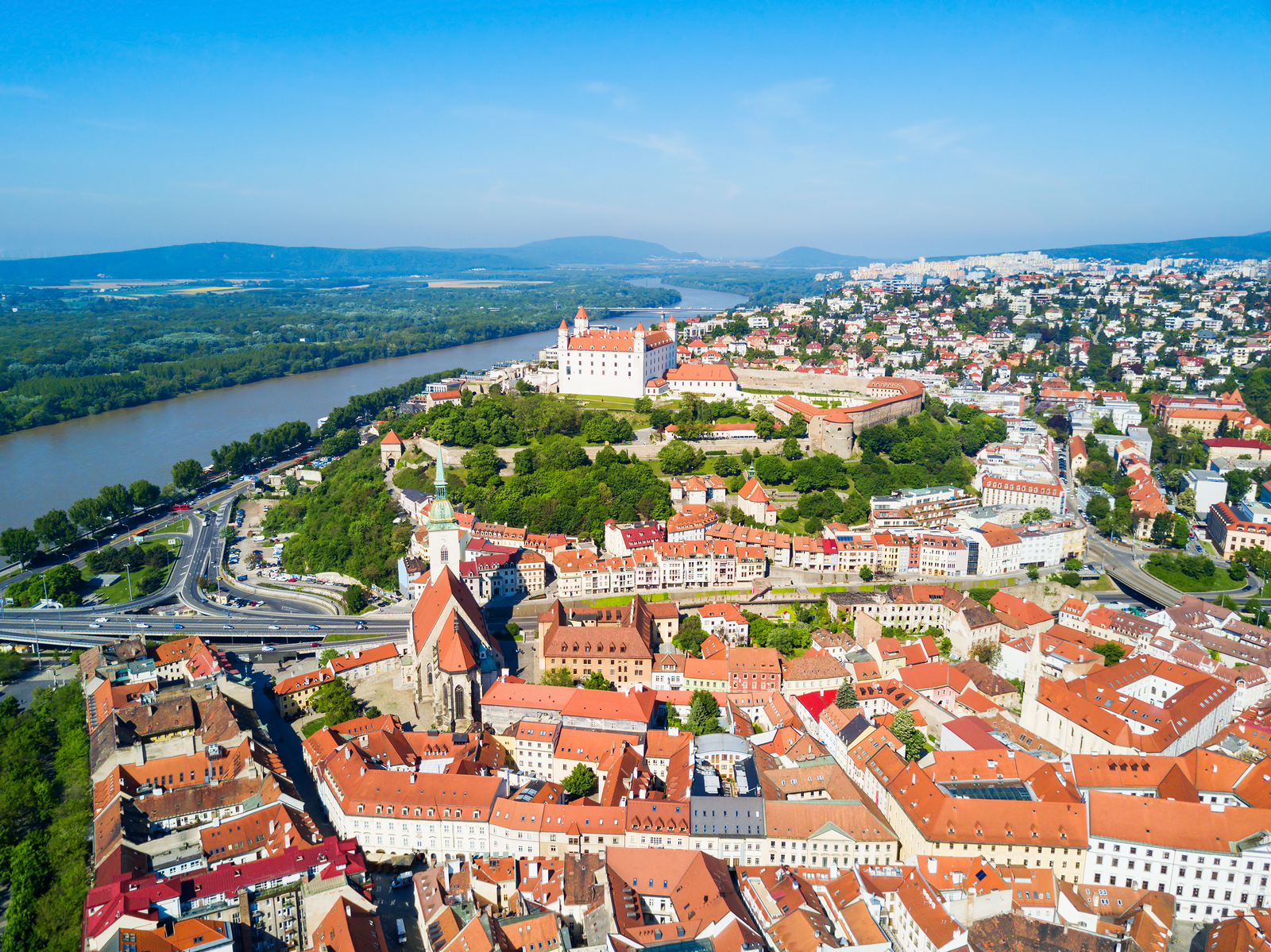
布拉迪斯拉发(斯洛伐克语:Bratislava;旧称Prešporok、德语:Pressburg)是斯洛伐克共和国的首都和最大城市,面积约367平方公里,人口为500,000人左右[1]。布拉迪斯拉发位于斯洛伐克西南部,多瑙河的左畔,紧邻奥地利和匈牙利两国边境,是世界上唯一同时与两个邻国接壤的首都[2]。
布拉迪斯拉发是斯洛伐克共和国的政治、经济与文化的中心,是该国总统府、国会和政府的所在地,也是文化中心,拥有数座大学、博物馆、歌剧院、美术馆以及其他重要的文化与教育机构[3]。斯洛伐克许多大型商业与金融机构的总部也设在布拉迪斯拉发。
该市在历史上曾经长期使用德语名称普莱斯堡(Pressburg),而且曾经受到日耳曼、捷克、匈牙利、犹太和斯洛伐克等各种民族的强烈影响。[4] 从1536年到1783年,该市是哈布斯堡王朝统治下匈牙利王国的首都。布拉迪斯拉发拥有许多斯洛伐克人、匈牙利人和德意志的历史人物,19世纪的斯洛伐克民族运动也以此为基地。
Bratislava ( ['bracɪslava], bis 1919 slowakisch Prešporok, deutsch Pressburg, ungarisch Pozsony) ist die Hauptstadt der Slowakei und mit 429.564 Einwohnern (Stand 31. Dezember 2017) die größte Stadt des Landes. Sie liegt an der südwestlichen Grenze der Slowakei am Dreiländereck mit Österreich und Ungarn und ist damit die einzige Hauptstadt der Welt, die an mehr als einen Nachbarstaat grenzt. Mit rund 55 km Luftlinie haben Bratislava und Wien den geringsten Abstand zweier europäischer Hauptstädte.
Als politisches, kulturelles und wirtschaftliches Zentrum des Landes ist Bratislava Regierungssitz der Slowakei sowie Standort mehrerer Universitäten, Museen, Theater und weiterer wirtschaftlicher, kultureller und wissenschaftlicher Institutionen.
Die Geschichte der Stadt wurde von zahlreichen Ethnien und Kulturen mit unterschiedlicher Gewichtung geprägt, wie Kelten, Römern, Germanen, Awaren, Deutschen, Magyaren, Juden und Slowaken. Bratislava war im Laufe seiner Geschichte eines der wichtigsten wirtschaftlichen und administrativen Zentren Großmährens, des Königreichs Ungarn (auch im Rahmen der österreichischen Monarchie beziehungsweise Österreich-Ungarns) und der Tschechoslowakei. Die Stadt war von 1536 bis 1783 und 1848 Hauptstadt des Königreichs Ungarn sowie von 1939 bis 1945 Hauptstadt der (ersten) Slowakischen Republik. 1968 wurde Bratislava Hauptstadt des Teilstaates Slowakische Sozialistische Republik (slowakisch: SSR) in der Tschechoslowakischen Sozialistischen Republik (ČSSR) und kurz (1990–1992) in der Tschechischen und Slowakischen Föderativen Republik (ČSFR). Seit 1993 ist sie Hauptstadt des selbständigen Staates Slowakei.
Das Wahrzeichen der Stadt ist die viertürmige Burg Bratislava.
ブラチスラヴァ(スロバキア語: Bratislava, スロバキア語発音: [ˈbratislava] (![]() 音声ファイル))は、スロバキアの首都で同国最大の都市である。旧称はドイツ語 : プレスブルク (Pressburg/Preßburg)、マジャル(ハンガリー)語 : ポジョニ (Pozsony)、スロバキア語 : プレシュポロク (Prešporok/Prešporek)、チェコ語 : プレシュプルク (Prešpurk) で、チェコスロバキア第一共和国建国後の1919年に現名称に改称した。
音声ファイル))は、スロバキアの首都で同国最大の都市である。旧称はドイツ語 : プレスブルク (Pressburg/Preßburg)、マジャル(ハンガリー)語 : ポジョニ (Pozsony)、スロバキア語 : プレシュポロク (Prešporok/Prešporek)、チェコ語 : プレシュプルク (Prešpurk) で、チェコスロバキア第一共和国建国後の1919年に現名称に改称した。
Bratislava (/ˌbrætɪˈslɑːvə, ˌbrɑː-/;[2][3] Slovak pronunciation: [ˈbratislaʋa] (![]() listen), German: Preßburg or Pressburg IPA: [ˈpʁɛsbʊɐ̯k], Hungarian: Pozsony) is the capital of Slovakia. With a population of about 450,000, it is one of the smaller capitals of Europe but still the country's largest city.[1] The greater metropolitan area is home to more than 650,000 people. Bratislava is in southwestern Slovakia, occupying both banks of the River Danube and the left bank of the River Morava. Bordering Austria and Hungary, it is the only national capital that borders two sovereign states.[4]
listen), German: Preßburg or Pressburg IPA: [ˈpʁɛsbʊɐ̯k], Hungarian: Pozsony) is the capital of Slovakia. With a population of about 450,000, it is one of the smaller capitals of Europe but still the country's largest city.[1] The greater metropolitan area is home to more than 650,000 people. Bratislava is in southwestern Slovakia, occupying both banks of the River Danube and the left bank of the River Morava. Bordering Austria and Hungary, it is the only national capital that borders two sovereign states.[4]
The city's history has been strongly influenced by people of different nations and religions, namely (in alphabetical order) Austrians, Bulgarians, Croats, Czechs, Germans, Hungarians, Jews, Serbs[5] and Slovaks.[6] It was the coronation site and legislative center of the Kingdom of Hungary from 1536 to 1783,[7] and has been home to many Slovak, Hungarian and German historical figures.
Bratislava is the political, cultural and economic centre of Slovakia. It is the seat of the Slovak president, the parliament and the Slovak Executive. It has several universities, and many museums, theatres, galleries and other cultural and educational institutions.[8] Many of Slovakia's large businesses and financial institutions have headquarters there.
In 2017, Bratislava was ranked as the third richest region of the European Union by GDP (PPP) per capita (after Hamburg and Luxembourg City). GDP at purchasing power parity is about three times higher than in other Slovak regions.[9][10]
Bratislava (![]() ? /ˈbracɪslava/ [Fiche]) est la capitale de la Slovaquie indépendante depuis 1993, située dans le Sud-Ouest du pays, juste à la frontière avec l'Autriche (elle n'est distante que de soixante kilomètres de Vienne), avec la Hongrie (à une dizaine de kilomètres) et à proximité également de la frontière avec la République tchèque.
? /ˈbracɪslava/ [Fiche]) est la capitale de la Slovaquie indépendante depuis 1993, située dans le Sud-Ouest du pays, juste à la frontière avec l'Autriche (elle n'est distante que de soixante kilomètres de Vienne), avec la Hongrie (à une dizaine de kilomètres) et à proximité également de la frontière avec la République tchèque.
Peuplée de 419 678 habitants en 2014, elle est la plus grande ville de Slovaquie1. Les Carpates commencent sur le territoire de la ville (Malé Karpaty, « Petites Carpates »). Elle est traversée par le Danube.
Bratislava est le siège de la présidence, du parlement et du gouvernement slovaques. Elle inclut des universités, de nombreux musées, théâtres et autres institutions culturelles dont une célèbre philharmonie2. La ville était traditionnellement influencée par plusieurs nationalités (Autrichiens, Hongrois, Slovaques…)3.
Au long de son histoire, la ville a aussi été connue sous le nom de Pressburg - Prešporok en slovaque, Pozsony en hongrois, Požun en croate. Elle a été connue en français sous les noms de Presbourg et Posonie.
Bratislava (in passato Presburgo o Posonio, in tedesco Pressburg - in passato Preßburg -, in slovacco era chiamata Prešporok o Prešporek fino al 1919, in ungherese Pozsony) è la capitale della Slovacchia. Con una popolazione di circa 490.000 abitanti è anche la sua città più grande.
Bratislava è il centro economico, politico, scientifico e culturale della Slovacchia e una città in trasformazione in seguito alla crescita economica del Paese e al suo ingresso nell'area euro. È sede del Parlamento e del Presidente della Slovacchia. Ospita università, centri di cultura, musei, teatri e gallerie d'arte. Vi hanno sede le principali attività economiche e finanziarie della Slovacchia.
La storia della città è legata alle nazionalità che vi hanno vissuto: slovacchi, cechi, tedeschi e ungheresi. La città fu capitale del Regno d'Ungheria sotto la monarchia d'Asburgo dal 1536 al 1783, quando Budapest era sotto occupazione ottomana, ed è stata la casa di personalità storiche slovacche, tedesche e ungheresi.
Bratislava (pronunciado en eslovaco ![]() [ˈbratislaʋa] (?·i); hasta 1919: en eslovaco Prešporok, en húngaro: Pozsony, en alemán Pressburg/Preßburg, en croata Požun y en español Presburgo) es la capital y mayor ciudad de Eslovaquia. Tiene aproximadamente 446.819 habitantes (2005) y está situada a orillas del Danubio, cerca de las fronteras con Austria y Hungría, a unos 60 km de Viena.
[ˈbratislaʋa] (?·i); hasta 1919: en eslovaco Prešporok, en húngaro: Pozsony, en alemán Pressburg/Preßburg, en croata Požun y en español Presburgo) es la capital y mayor ciudad de Eslovaquia. Tiene aproximadamente 446.819 habitantes (2005) y está situada a orillas del Danubio, cerca de las fronteras con Austria y Hungría, a unos 60 km de Viena.
La ciudad tiene la mayor densidad de población de la Europa central. Los montes Cárpatos comienzan en el territorio ocupado por la ciudad (Malé Karpaty, Pequeños Cárpatos). Bratislava es la sede del parlamento y gobierno eslovacos y cuenta con una gran oferta artística, cultural y educativa. La zona más interesante desde el punto de vista monumental y artístico es la Ciudad Vieja, con una gran variedad de comercios y servicios, aunque los precios son sensiblemente superiores a los de otras zonas de la ciudad y a los del interior del país. Mención especial merece también el puerto fluvial, donde se pueden ver barcos mercantes y una gran actividad. Bratislava es el centro político, económico, financiero y cultural de Eslovaquia.
Los territorios del sur de Eslovaquia, incluyendo Bratislava, formaron parte del Reino de Hungría desde la llegada de los húngaros en 895 hasta el fin de la Primera Guerra Mundial en 1918.
El Castillo de Bratislava se erigió en el siglo XV durante el reinado de Segismundo de Hungría. En 1811, un incendio destruyó el castillo, así como gran parte del caserío aledaño y, posteriormente, se llevó a cabo una reconstrucción del conjunto. Actualmente, el castillo alberga el Museo Nacional Eslovaco, que abarca exhibiciones arqueológicas, históricas y artísticas.
Una vez caído el reino de Hungría en 1526 ante los turcos otomanos, éste quedó dividido en tres partes: el principado independiente de Transilvania, el valiato de Buda, bajo dominio turco, y el reino húngaro bajo control del Sacro Imperio Romano Germánico. Bratislava se ubicaba en la parte germánica y recibió esa influencia como tal, hasta la expulsión de los turcos de Hungría en 1686. A partir de ese momento, el monarca húngaro era el emperador germánico y, por consiguiente, pretendía germanizar los territorios húngaros y eslovacos. En 1806 desaparece el Sacro Imperio y surge el Imperio austriaco en 1804, que heredó los territorios pertenecientes al reino de Hungría (inclusive Eslovaquia). Luego de las guerras de independencia húngaras contra los austriacos, se firma el acuerdo de Austria-Hungría en la ciudad en 1867 y nace el Imperio austrohúngaro. Bratislava tuvo el nombre Prešporok hasta el fin de la Primera Guerra Mundial y sus antiguos nombres (en alemán Pressburg y en húngaro Pozsony) aún son oficialmente reconocidos.
Братисла́ва (словацк. Bratislava), до 1919 года — Прешпорок или Пре́шпорек (Prešporok, Prešporek), Пре́сбург (нем. Pressburg), По́жонь (венг. Pozsony), в Cредние века — Истрополис (лат. Posonium, лат. Istropolis) — город в Центральной Европе, столица Словакии. Историческая столица Венгерского королевства (с 1541 по 1684 год), Первой Словацкой республики (с 1939 по 1945 год) и Словацкой социалистической республики (с 1965 по 1990 год). Население города составляет 425 923 человека[1], агломерации — около 700 тыс. человек[2] (недоступная ссылка с 14-10-2017 [915 дней]). Площадь города — 368 км².
Братислава и Вена являются самыми близкорасположенными столицами Европы (55 км и менее часа транспортной доступности друг от друга). Братислава непосредственно граничит с Австрией и Венгрией, являясь, таким образом, единственной в мире столицей, граничащей с двумя иностранными государствами. Братиславская улица Копчянская переходит в улицу Альте-Нордзюд-Ландесштрассе соседней австрийской деревни Китзее. До 1936 года из Братиславы в Вену можно было доехать на городском трамвае.
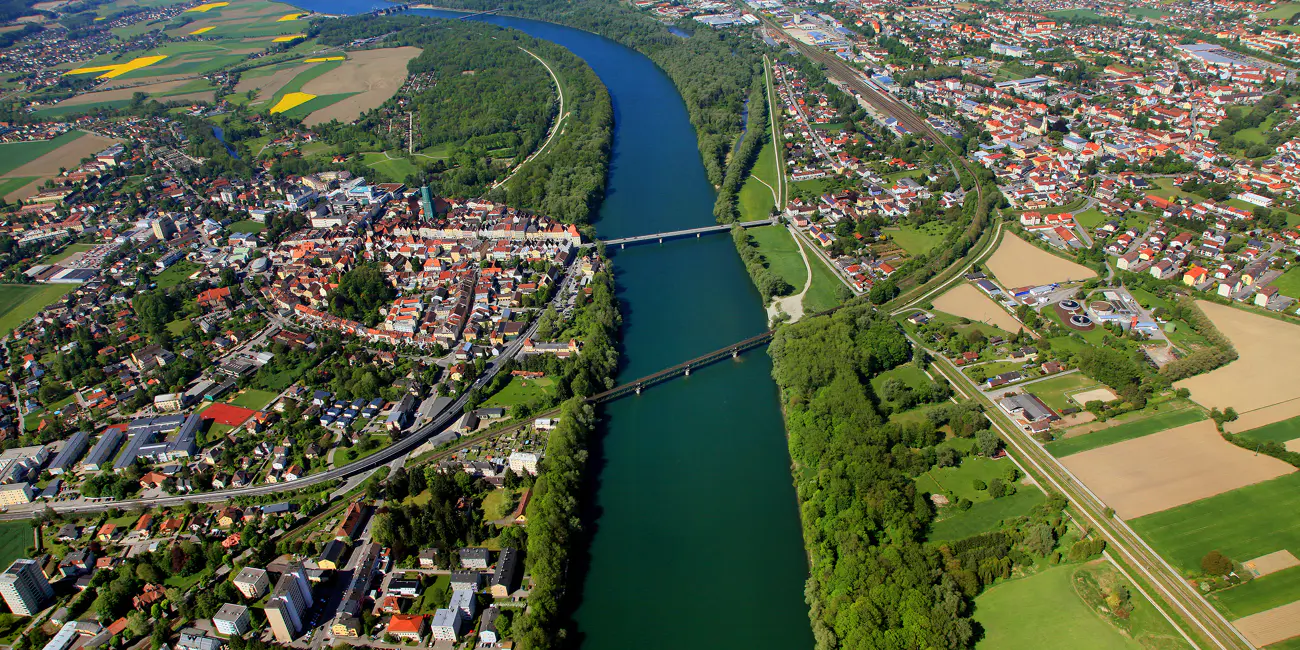

布伦瑞克(Braunschweig)的德语发音与其音译略有不同,以至于第一次从这里经过的时候没能把这座城市和布伦瑞克联系起来。从哥斯拉尔返回柏林的时候,布伦瑞克是一个中转站,于是有了4个小时的短暂逗留。
布伦瑞克不大,人口大约24万左右,但却也是下萨克森州除了汉诺威以外的第二大城市。历史上的布伦瑞克是由五个分散的居民点逐渐发展起来的。在狮子亨利公爵统治时期,不伦瑞克非常强大,因此他选择了狮子作为他的徽章。并在1166年铸造了一座青铜狮子像,树立在了城堡广场上,这是阿尔卑斯山脉以北最早的露天青铜像。今天它成为了不伦瑞克的城市标志。
从布伦瑞克火车站乘车,10分钟左右就到了市中心。其中有一站叫做王宫站。1960年在二战中毁坏的布伦瑞克王宫在一段长时间的讨论后被彻底拆除。一直到2005年,王宫的遗址上是一座花园。后来又一次的激烈讨论,布伦瑞克决定重新修建王宫。竣工后的王宫正面气势恢宏,告诉人们昔日布伦瑞克的辉煌。而内部实际上是一个巨大的购物中心阿卡丹。王宫与商场,古典与现代就这样完美的结合在了一起。
不伦瑞克(德语:Braunschweig,低地德语:Brunswiek)是德国下萨克森州东部的一个城市,居民数约为24.5万,是该州继汉诺威后的第二大城市和该州的一个地区中心。1918年该公国大公逊位以前,不伦瑞克是不伦瑞克公国的首都。此后直到1946年,它是不伦瑞克自由州的州府。1974年不伦瑞克县被撤销之前它是该县的县府。2004年12月31日下萨克森撤销地区级行政区划以前它是不伦瑞克地区的政府驻地。不伦瑞克是不伦瑞克上诉法院的驻地。城市周围的大城市有东北方约26千米远的沃尔夫斯堡、西方约56千米远的汉诺威和东方约80千米远的马格德堡。
不伦瑞克是汉诺威-不伦瑞克-哥廷根-沃尔夫斯堡大都市区的组成部分。2006年3月28日德国科学基金联合会(Stifterverband für die Deutsche Wissenschaft)授予不伦瑞克2007年德国科学城(Stadt der Wissenschaft)的名誉。“数学四杰”之一高斯即出生于此。
Braunschweig (niederdeutsch Brunswiek, ostfälisches bzw. Braunschweiger Platt: Bronswiek[2]) ist eine Großstadt im Südosten des Landes Niedersachsen. Mit 248.561 Einwohnern (Stand 31. Dezember 2020) ist sie nach Hannover die zweitgrößte Stadt Niedersachsens. Die kreisfreie Stadt ist Teil der im Jahr 2005 gegründeten Metropolregion Hannover-Braunschweig-Göttingen-Wolfsburg. Im Ballungsraum Braunschweig (Agglomeration) leben rund 337.000 Menschen.[3]
Braunschweigs Ursprünge gehen bis in das frühe 9. Jahrhundert zurück.[4] Insbesondere durch Heinrich den Löwen entwickelte sich die Stadt schnell zu einer mächtigen und einflussreichen Handelsmetropole, die ab Mitte des 13. Jahrhunderts der Hanse angehörte. Braunschweig war Hauptstadt des gleichnamigen Landes, bis dieses 1946 im neu geschaffenen Land Niedersachsen aufging. Braunschweig war bis 1978 Sitz eines Verwaltungsbezirkes, zwischen 1978 und 2004 eines Regierungsbezirkes. Dieser wurde danach durch eine Regierungsvertretung und 2014 durch die heutigen Regionalbeauftragten für Südostniedersachsen ersetzt.
Heute ist die Region Braunschweig ein bedeutender europäischer Standort für Wissenschaft und Forschung: Im Jahre 2015 wurden 9,5 Prozent des Bruttoinlandsprodukts in Forschung investiert.[5] Innerhalb der Europäischen Union ist Braunschweig seit 2007 die intensivste Region in Bezug auf Forschung und Entwicklung.[6] So lagen bereits 2010 die 15 führenden EU-Regionen bezüglich der Ausgaben für Forschung und Entwicklung als Anteil am Bruttoinlandsprodukt (BIP) über dem durch die Lissabon-Strategie vorgegebenen Zielwert von drei Prozent, lediglich drei dieser 15 Regionen übertreffen fünf Prozent, allen voran Braunschweig mit 5,83 Prozent, gefolgt von Westschweden mit 5,40 Prozent und Stuttgart mit 5,37 Prozent.[7] Der Stifterverband für die Deutsche Wissenschaft verlieh Braunschweig für das Jahr 2007 den Titel „Stadt der Wissenschaft“.
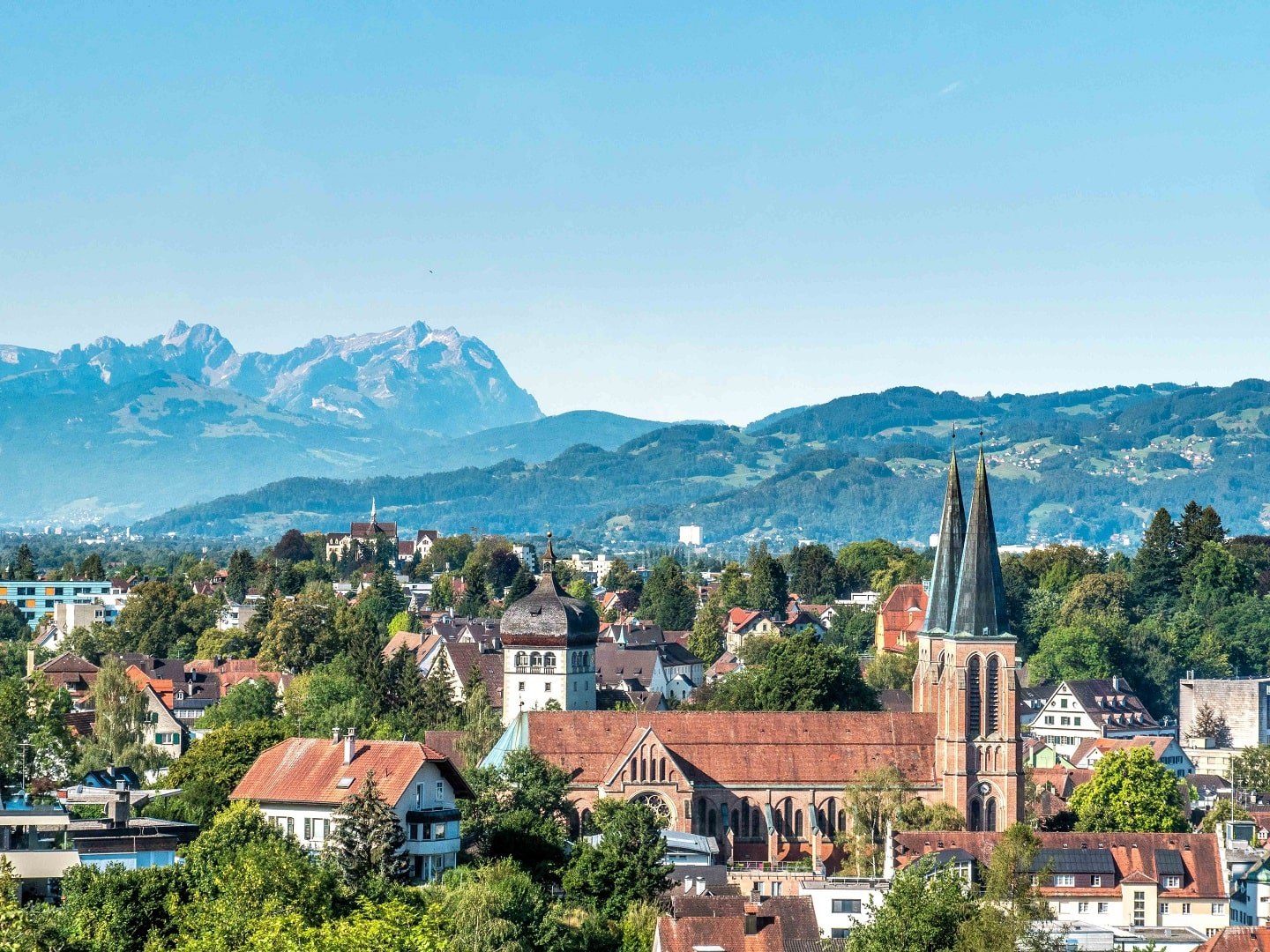

Bregenz (standarddeutsche Aussprache: [ˈbreːɡɛnt͡s], anhörenⓘ/?, vorarlbergerisch: [ˈbreaɡɐt͡s]) (lateinisch Brigantium) ist die Landeshauptstadt des österreichischen Bundeslandes Vorarlberg und Hauptstadt des gleichnamigen Bezirks. Die Stadt hat den größeren der beiden österreichischen Bodenseehäfen, ist Eisenbahnknotenpunkt sowie Sport- und Kulturzentrum. Gemessen an der Einwohnerzahl ist Bregenz nach Dornbirn und Feldkirch die drittgrößte Stadt Vorarlbergs, die Agglomeration ist allerdings mehr als doppelt so groß wie die Stadt selbst.
布雷根茨(德语:Bregenz,德语发音:[ˈbʁeːgɛnt͡s] (ⓘ))是奥地利西部的一座城市,福拉尔贝格州首府,位于欧洲第三大淡水湖博登湖东岸,普芬德山山脚,是莱茵河谷与德国阿尔卑斯山山麓的交汇处。
它最出名的活动,是每年夏季会在博登湖畔举办的布雷根茨音乐节 。
 North Rhine-Westphalia
North Rhine-Westphalia
 Vacation and Travel
Vacation and Travel
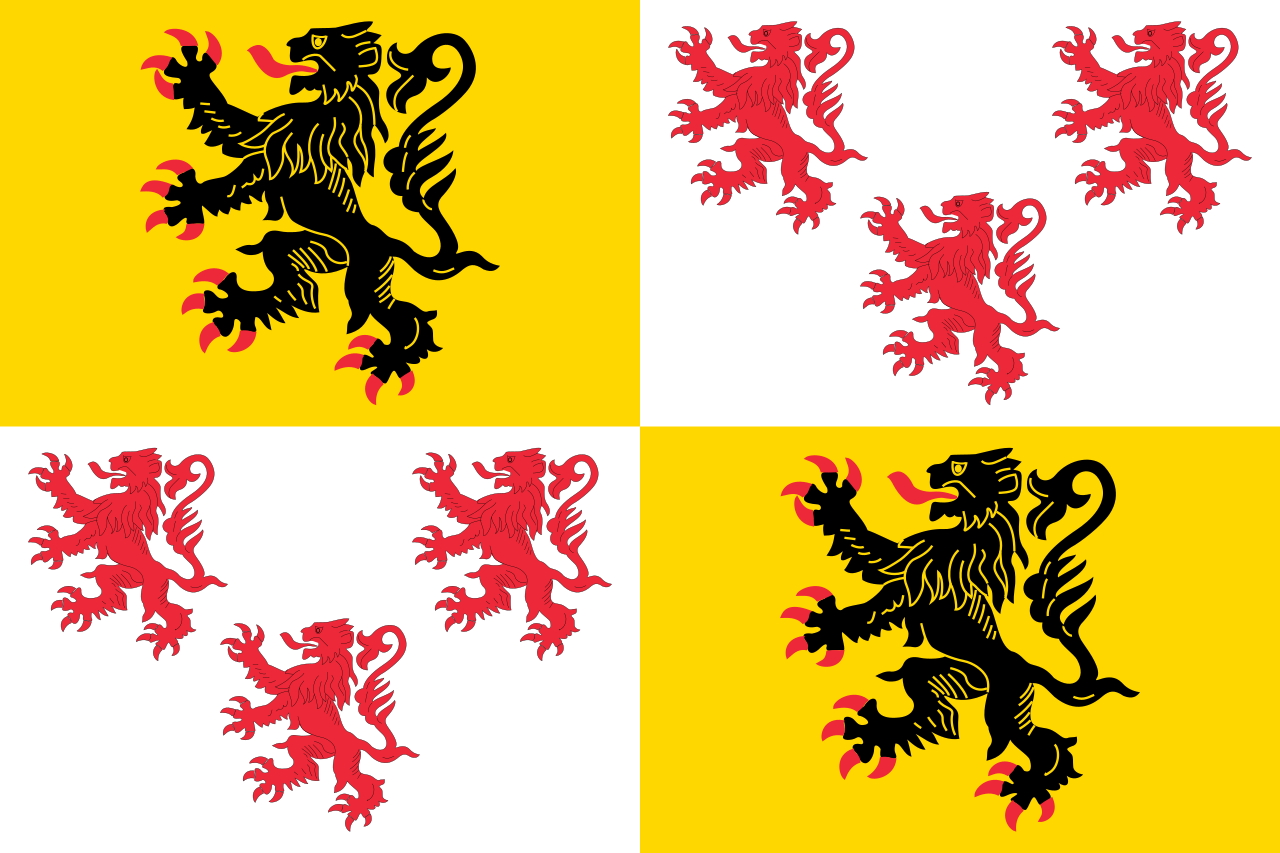 Hauts-de-France
Hauts-de-France
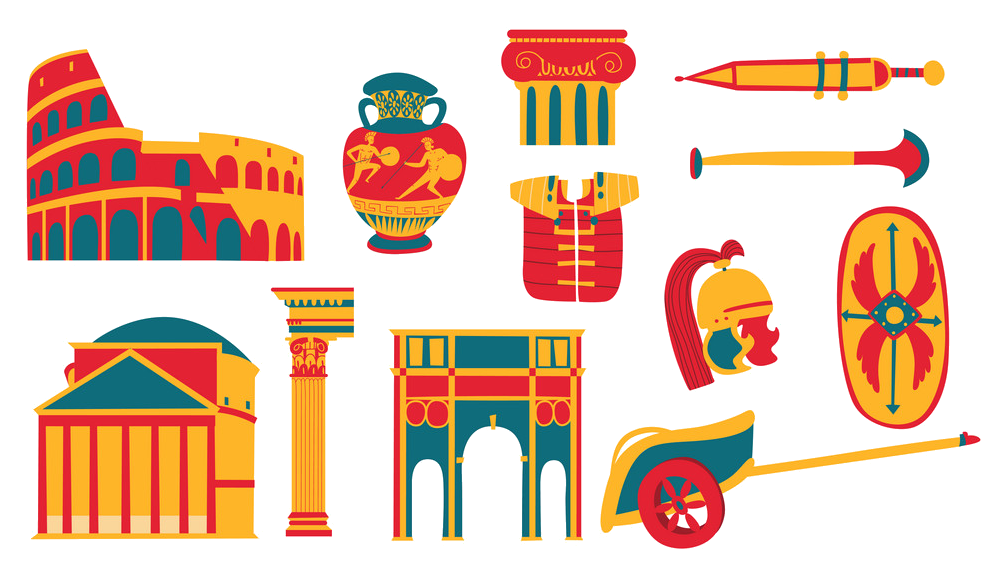 Cities founded by the Romans
Cities founded by the Romans
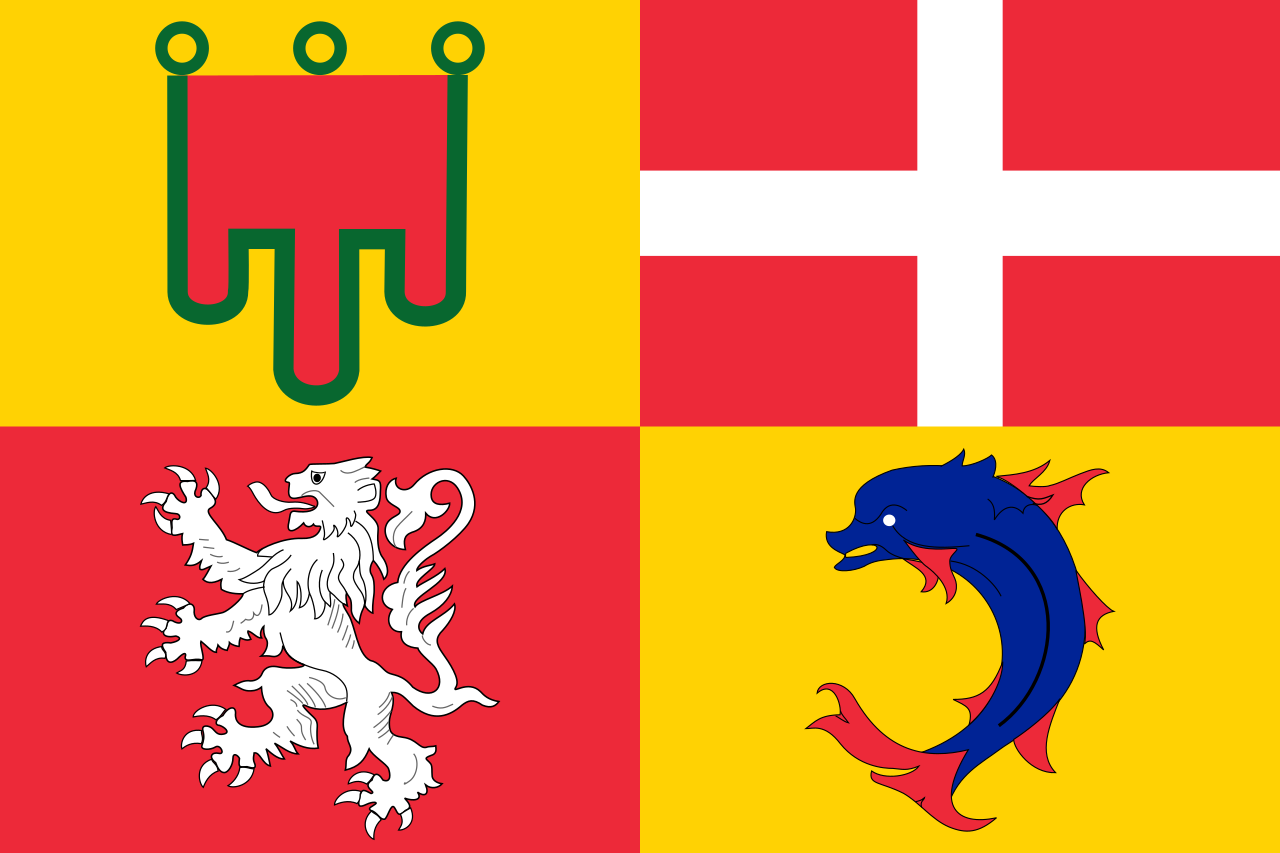 Auvergne-Rhône-Alpes
Auvergne-Rhône-Alpes
 Centre-Val de Loire
Centre-Val de Loire
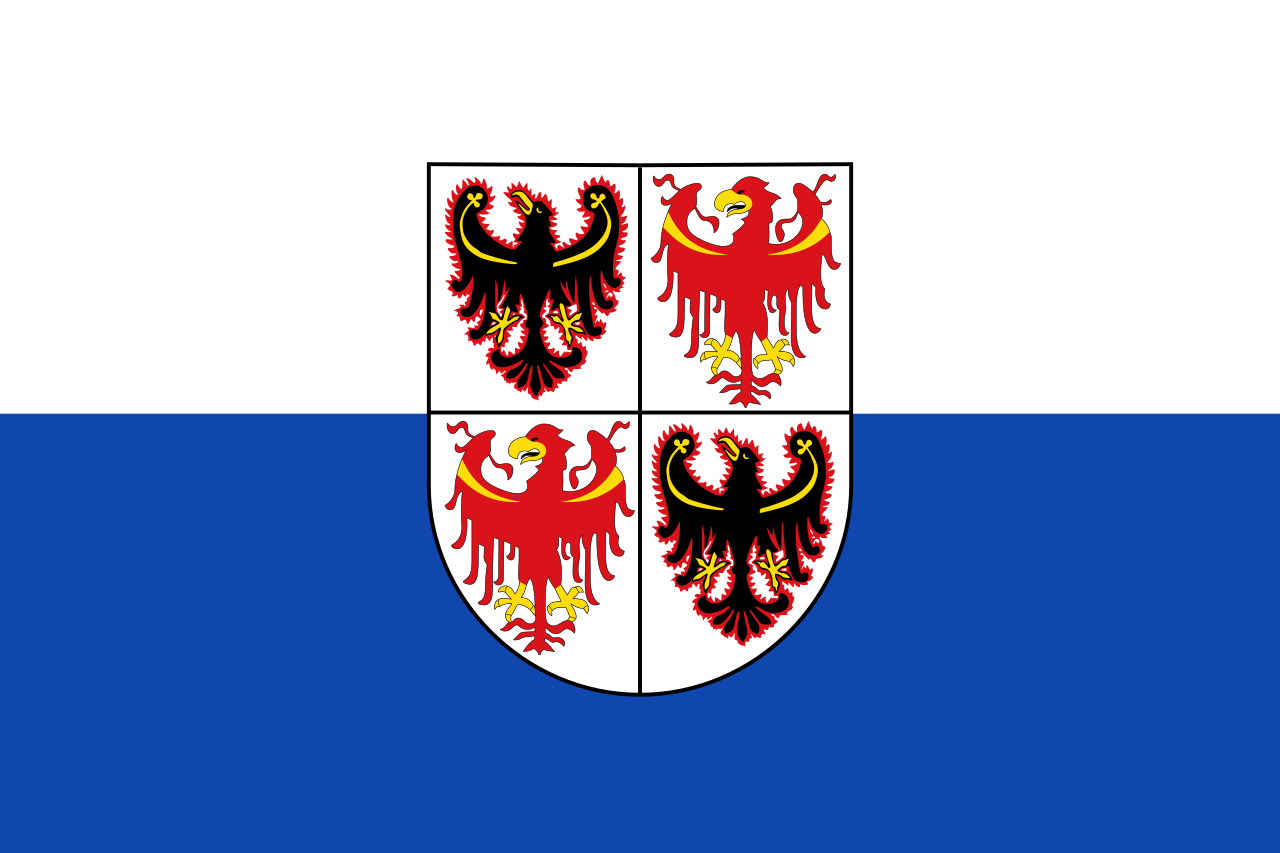 Trentino-Alto Adige
Trentino-Alto Adige
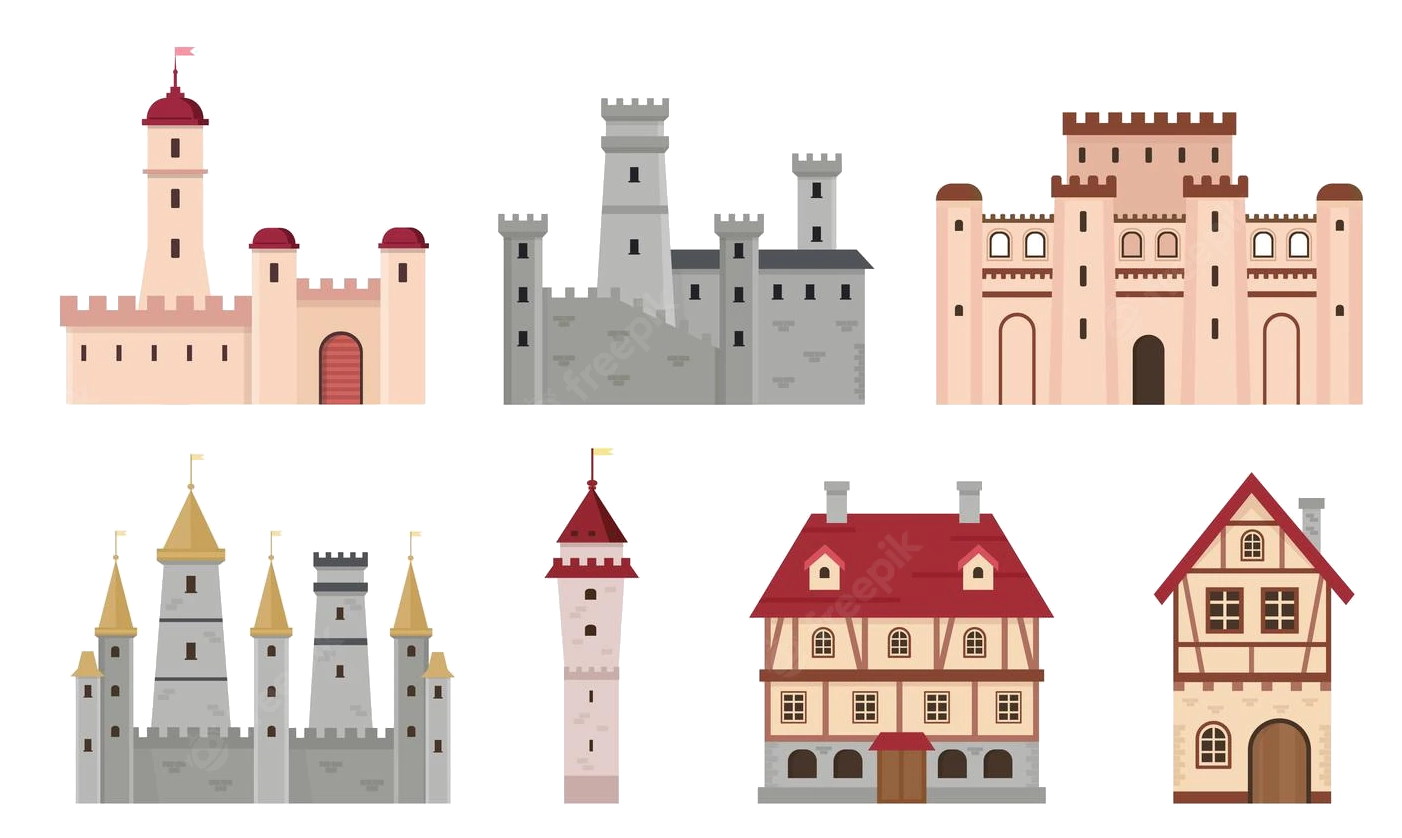 Medieval cities in Europe
Medieval cities in Europe
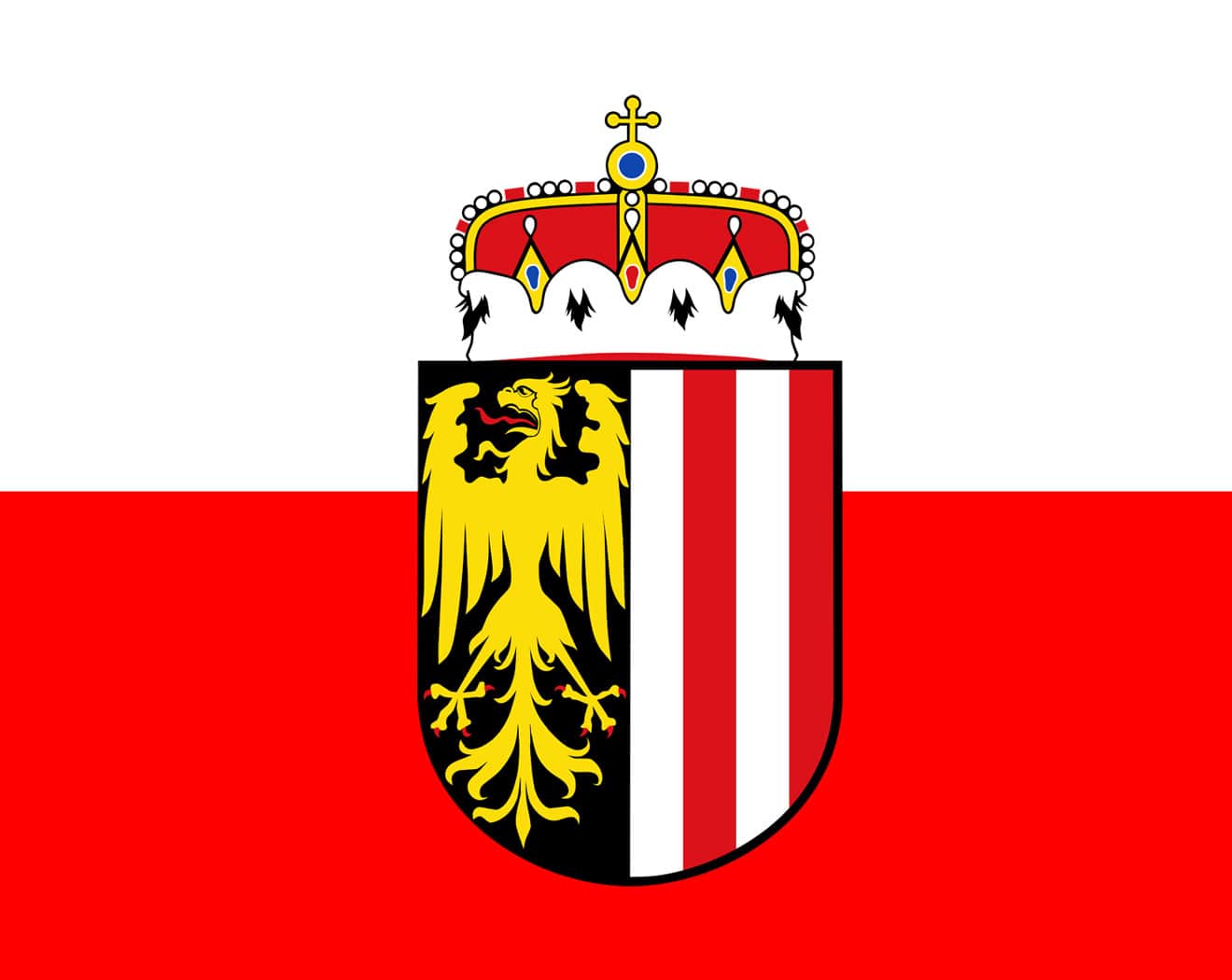 Upper Austria
Upper Austria
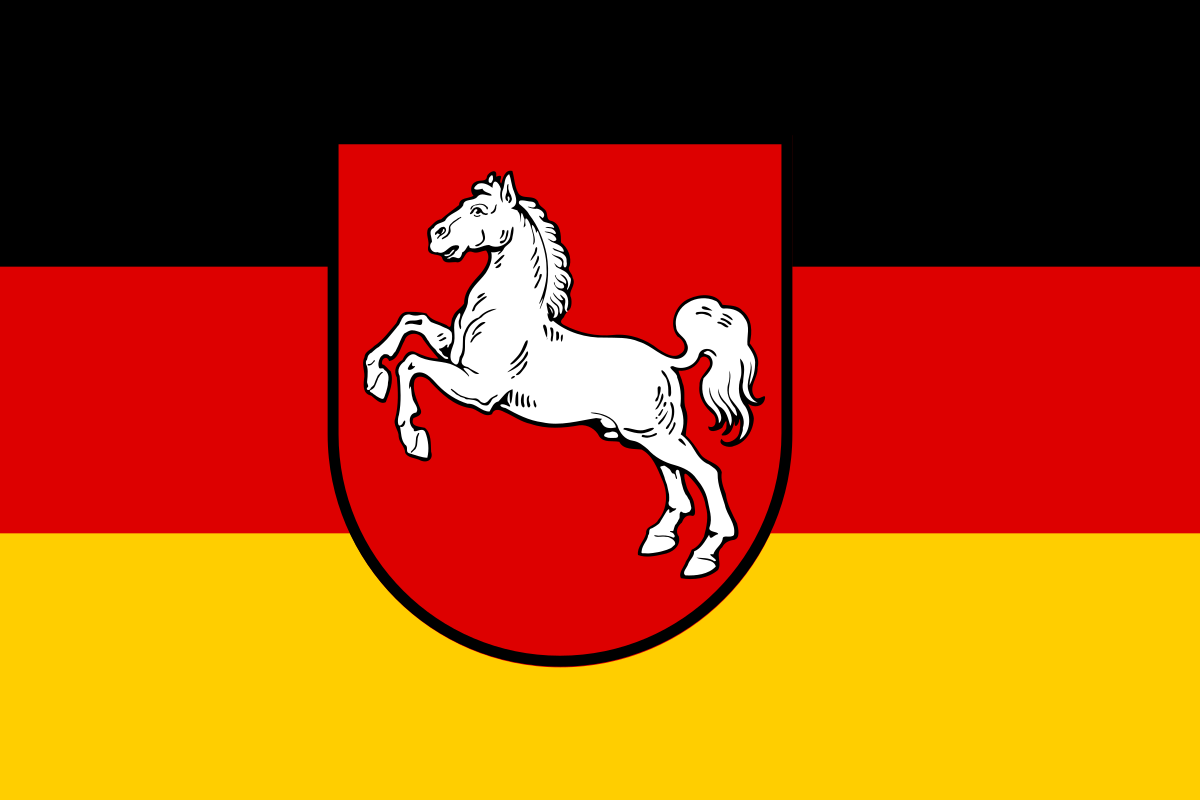 Lower Saxony
Lower Saxony
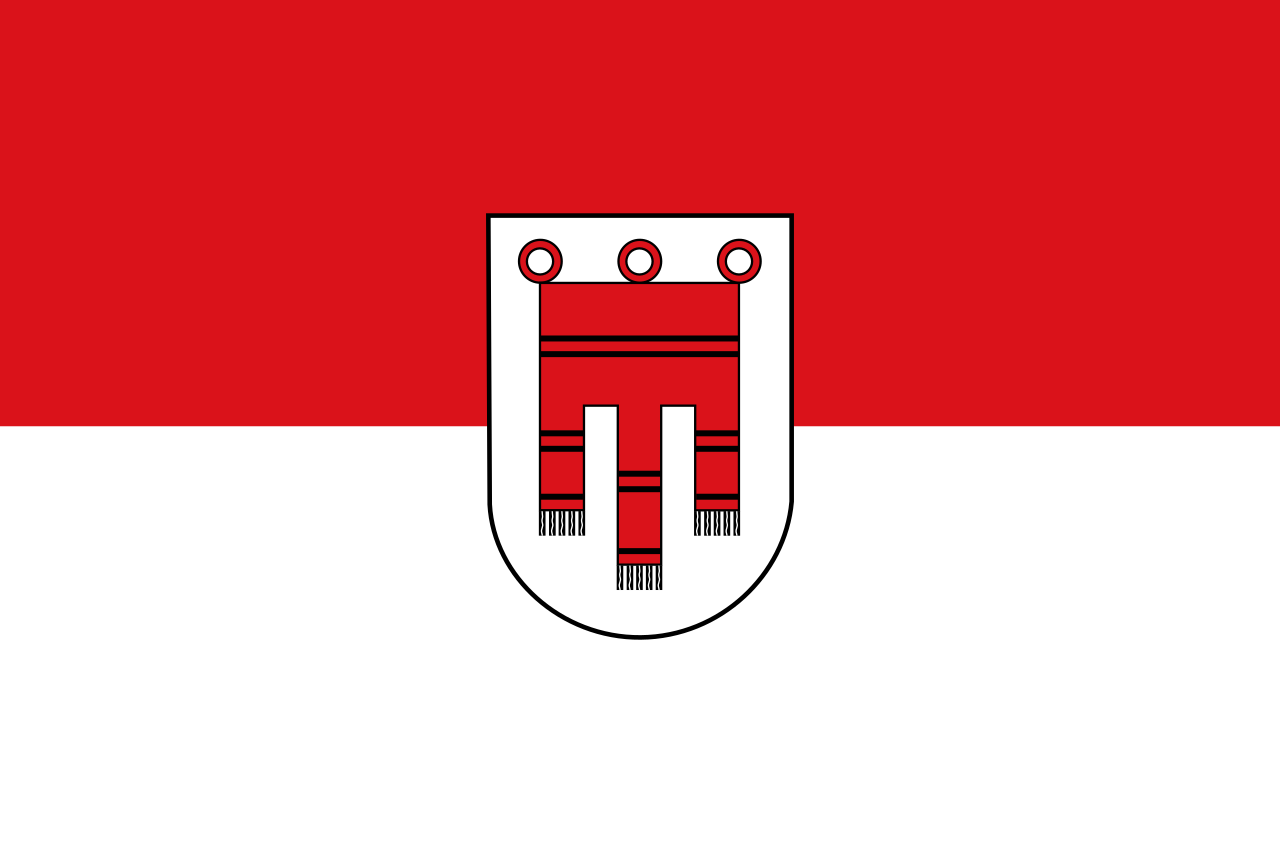 Vorarlberg
Vorarlberg